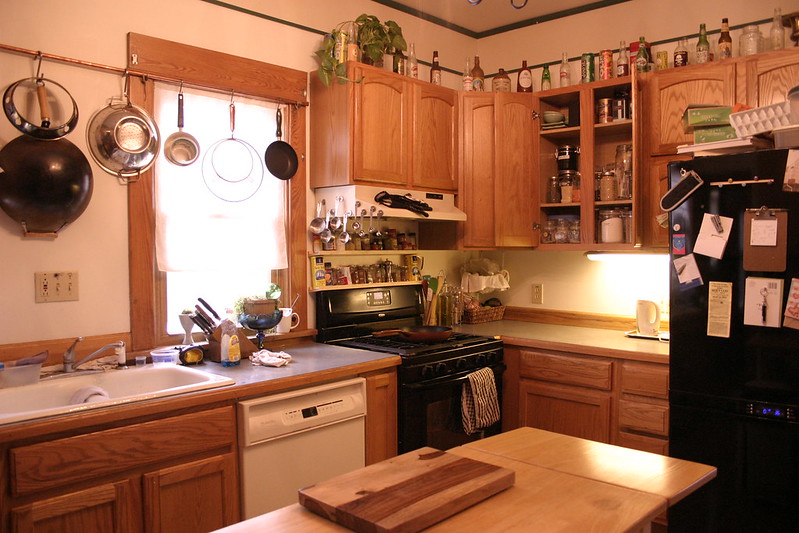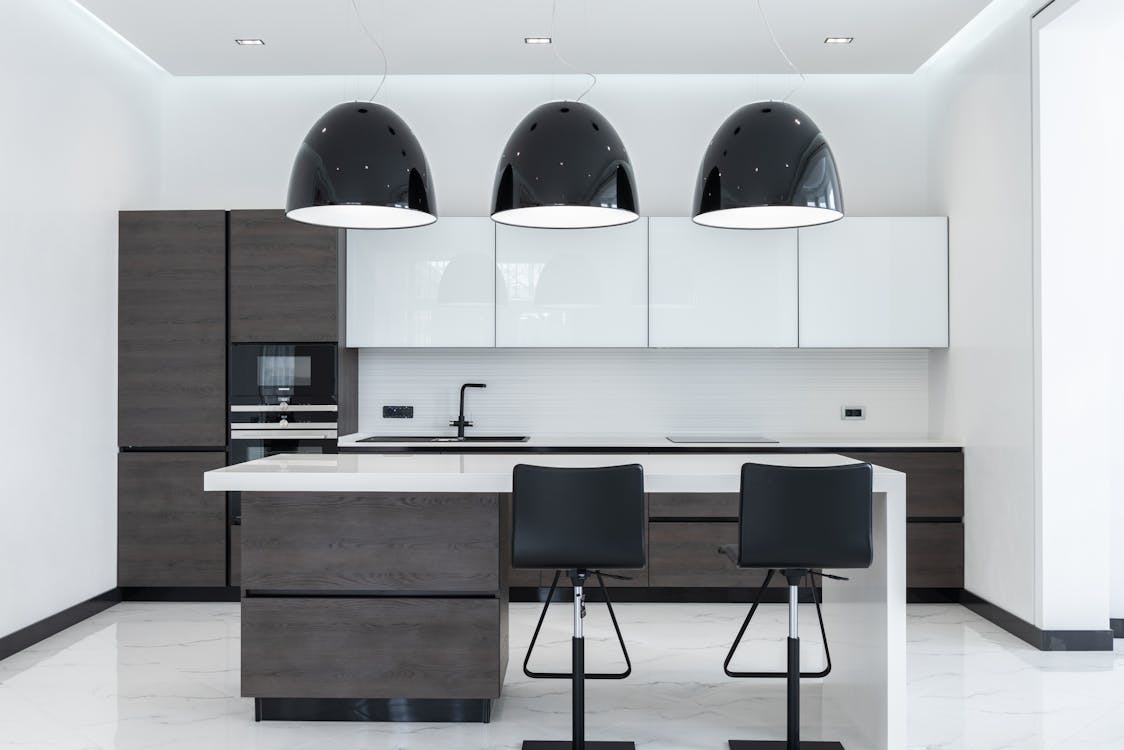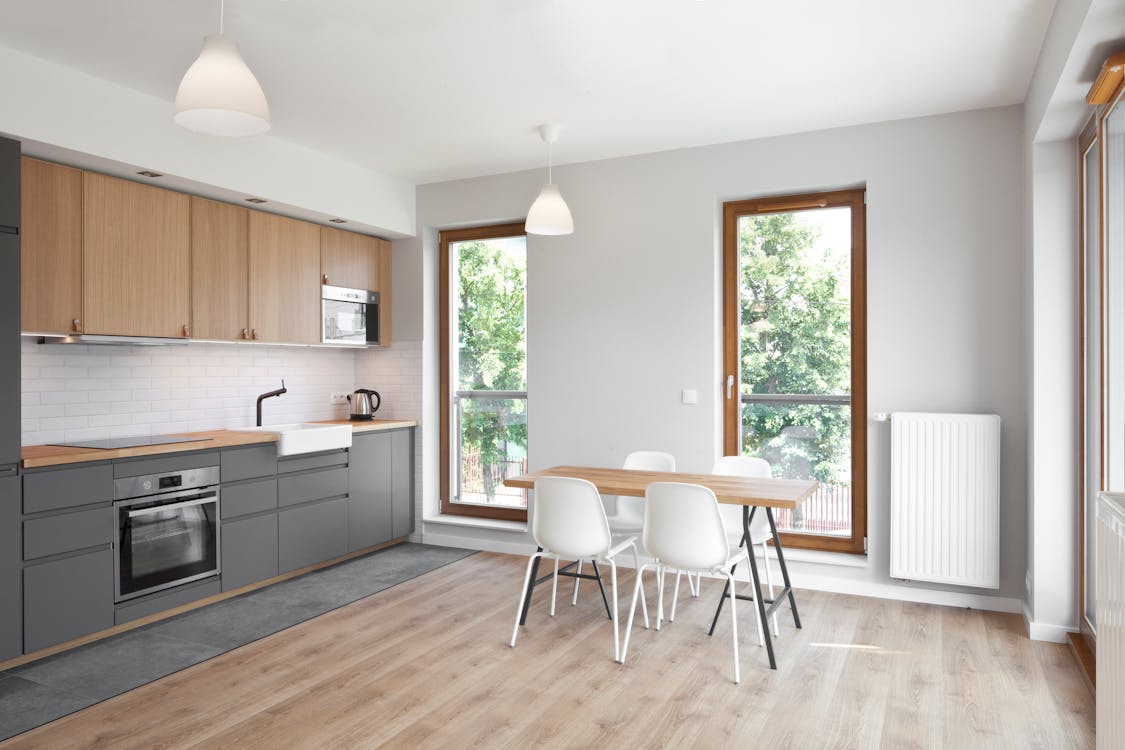
When it comes to cabinet installations, ensuring a strong and durable bond is essential. A reliable adhesive, commonly known as glue, plays a vital role in providing stability and longevity to cabinets. In this article, we will delve into the world of cabinet glue, exploring its importance, different types available, and tips for selecting the right glue for your cabinet projects. Whether you’re a DIY enthusiast or a professional carpenter, understanding the nuances of cabinet glue will empower you to create robust and aesthetically pleasing cabinets.
Importance of Cabinet Glue
Glue serves as the backbone of any cabinet installation project. It is responsible for bonding the various components together, such as the cabinet frames, shelves, and panels. A well-executed glue joint ensures stability, strength, and durability, allowing the cabinets to withstand daily use and the test of time. With the right cabinet glue, you can create cabinets that are resistant to warping, separating, and loosening, providing you with peace of mind and a functional storage solution.

Best Practices for Using Cabinet Glue
To achieve optimal results with cabinet glue, it is essential to follow best practices during the installation process. Consider the following guidelines:
Surface Preparation
Before applying glue, ensure that the surfaces to be bonded are clean, dry, and free from any contaminants or finishes. Sand the surfaces lightly to promote better adhesion.
Glue Application Techniques
Apply an even layer of glue to both surfaces being joined. Use a brush, roller, or squeeze bottle, depending on the glue type. Apply enough glue to achieve a strong bond, but avoid excessive application to prevent squeeze-out and messy joints.
Clamping and Curing
After applying the glue, clamp the components together firmly to ensure uniform pressure and tight joints. Follow the manufacturer’s recommendations for clamping time and curing duration. This step is crucial for allowing the glue to set properly and achieve maximum strength.

Common Mistakes to Avoid
While using cabinet glue, it’s essential to be aware of common mistakes that can compromise the integrity of your cabinets. Avoid the following pitfalls:
Insufficient Glue Application
Applying too little glue can result in weak joints and premature failure. Make sure to apply an adequate amount of glue to ensure a strong bond between the surfaces.
Using the Wrong Glue Type
Using the wrong type of glue for your cabinet project can lead to poor adhesion and weak joints. Refer to the manufacturer’s guidelines and choose a glue specifically designed for cabinet installations.
Neglecting Clamping and Curing
Skipping or insufficiently clamping and curing the glued components can result in gaps, loose joints, and compromised structural integrity. Follow the recommended clamping and curing time for the specific glue you are using

Proper Glue Application Techniques
To achieve optimal results when using glue for IKEA Cabinets Solid Wood, follow these application techniques:
Check out our previous post about: IKEA Cabinets Solid Wood
Clean Surfaces:
Ensure the surfaces to be glued are clean, dry, and free from any dust or debris.
Apply in Moderation:
Apply the glue in moderation, using just enough to cover the surface evenly. Excessive glue can result in messy joints and longer drying times.
Clamp Properly:
Use clamps to hold the cabinet pieces together while the glue dries. This will ensure a tight and secure bond between the joints.
Remove Excess Glue:
Wipe away any excess glue immediately with a damp cloth. Once the glue dries, it becomes difficult to remove.

Factors to Consider When Choosing Cabinet Glue
Selecting the right cabinet glue involves considering several crucial factors. These factors will ensure a successful and long-lasting installation. Here are the key considerations when choosing cabinet glue:
Bond Strength
Evaluate the bond strength of the glue, as it determines the overall durability of your cabinets. Opt for glues specifically designed for woodworking, as they offer high bond strength and long-lasting adhesion.
Drying Time
Consider the drying time of the glue, especially if you have time constraints. Some glues dry quickly, allowing you to proceed with the installation promptly, while others require longer curing times.
Water Resistance
Assess the water resistance properties of the glue, particularly if the cabinets will be installed in areas prone to moisture exposure, such as kitchens or bathrooms. Water-resistant glues will ensure the integrity of the cabinets in humid conditions.
Application Method
Different glues have varying application methods. Some glues come in squeeze bottles for easy application, while others require mixing before use. Choose a glue that aligns with your preferred application technique and level of expertise.

Selecting the Right Glue for Cabinets
Consider Wood Type:
Different wood types require specific glue formulations. Ensure that the glue you choose is compatible with solid wood, providing a strong bond.
Adhesive Strength:
Opt for glue with high adhesive strength to reinforce the joints and prevent any future loosening.
Water Resistance:
Cabinets are prone to moisture exposure, especially in kitchens and bathrooms. It is essential to select glue that offers water resistance, reducing the risk of damage.
Drying Time:
Consider the drying time of the glue, as it affects the assembly process. Some glues offer quick drying, enabling faster installation.
